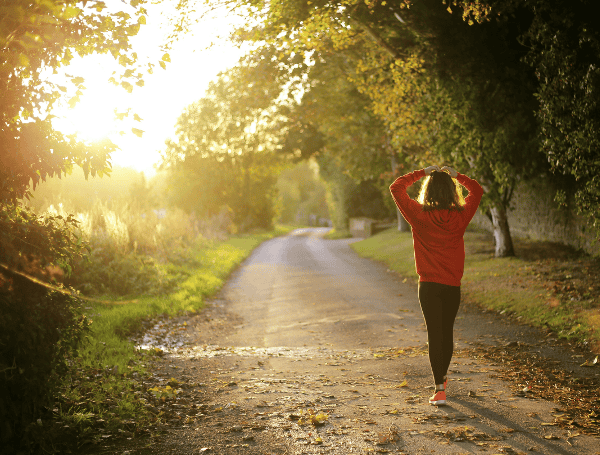
As we grow older, women – and men – begin losing bone density and mass, which may make us more susceptible to bone-related conditions and injuries.
Falls are a leading cause of injury among older adults, often resulting in fractures and other serious health issues, according to the U.S. Centers for Medicare and Medicaid Services (CMS). With many older adults wanting to live independently as long as possible, good overall health is crucial. Maintaining strong bones and preventing falls may help.
Know Your Numbers – CMS recommends women 60 or older receive a bone density scan, also known as a DEXA bone scan, as bones change due to menopause and decreases in estrogen. The bone scan measures the mineral content, particularly calcium, to determine bones’ density. Based on the results, providers may recommend treatments. This test is generally covered under Medicare and other health plans.
READ :Dr. Oz Warns Of Another Major Challenge Coming To US Health Care
Understand Your Risks – While bone density naturally decreases over time, the amount, speed, and impact of loss may be slowed so take stock of what you eat and drink, and how much you exercise and move. Also, review your family’s health history to help determine what health conditions may be hereditary. Be sure to share this with your physician.
Eat Right and Exercise – Consider including foods high in Vitamin D and calcium as part of a well-balanced diet. Discuss with your health care provider the possibility of incorporating weight-bearing exercises into your workout routine. Activities like walking, jogging, and exercises that improve balance and coordination might be beneficial. New to exercise? Start off slowly as any additional movement can have benefits as you gain strength.
Make Your Surroundings Fall-Proof – Look around your home – inside and outside. Can you safely pass by tables, chairs, and other furniture? Are all the rugs and floorboards secure? Are there grab bars and handrails? Are bare floors slippery, even when dry? What about outside your home? Are there holes, cracks, uneven spots? Address these obstacles and other worries to make your home safer inside and out.
Dress for Safety – In addition to ensuring clothes do not drag the floor – a potential trip hazard, be mindful of what you are wearing on your feet. Wear rubber-soled shoes or sneakers, or slip-proof socks or slippers. Specifically designate these as “inside wear only” if you do not want to track the outside dirt and grime into the home.
READ :Florida Chamber Conference To Unveil Innovative Approaches To Safety, Health, + Sustainability
Stay Aware – Maintaining annual well visits may help address health issues and concerns early, including bone health. And if something seems not quite right, say something.
While we cannot prevent all injuries no matter how careful we are, maintaining strong bones, gaining strength, and improving balance may lessen the impact of a fall and speed recovery – even from other injuries. So, bone up on your health for a stronger future.
This information is for educational purposes only and is not a substitute for the advice of a doctor. Consult your doctor prior to beginning an exercise program or making changes to your lifestyle or health care routine.
By: Joel Caschette, Chief Medical Officer, UnitedHealthcare Medicare & Retirement Plans of Florida
Please make a small donation to the Tampa Free Press to help sustain independent journalism. Your contribution enables us to continue delivering high-quality, local, and national news coverage.
Connect with us: Follow the Tampa Free Press on Facebook and Twitter for breaking news and updates.
Sign up: Subscribe to our free newsletter for a curated selection of top stories delivered straight to your inbox.
